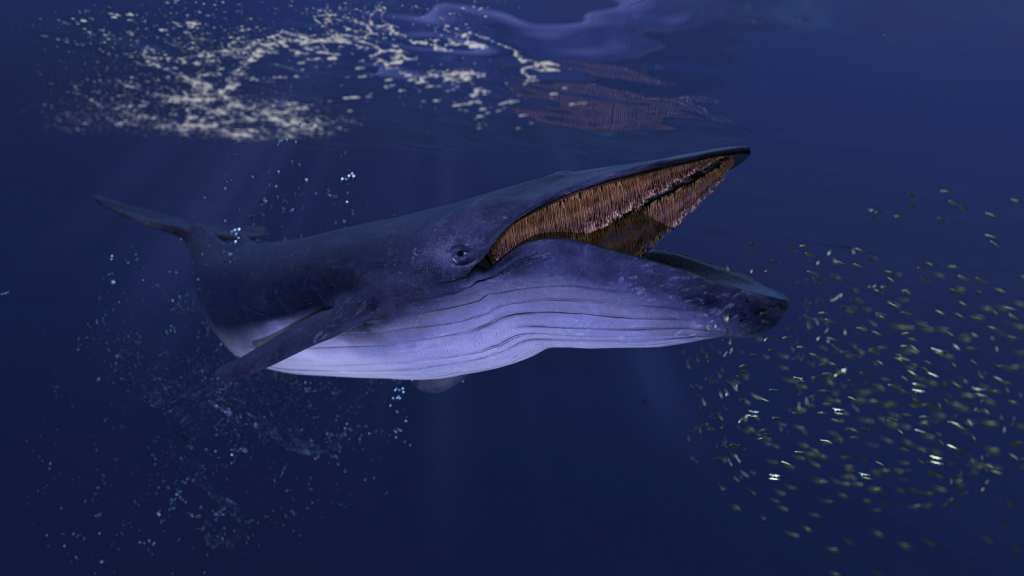The blue whale, the largest animal ever known to exist, continues to captivate our imagination. These gentle giants roam the world’s oceans, singing haunting songs that can travel for miles underwater. Despite their enormous size, blue whales feed on some of the smallest creatures in the sea. Their lives are filled with mystery and wonder, and scientists are still uncovering new secrets about these magnificent mammals. Here are 15 fascinating facts that will deepen your appreciation for the remarkable blue whale.
A Heart as Big as a Car
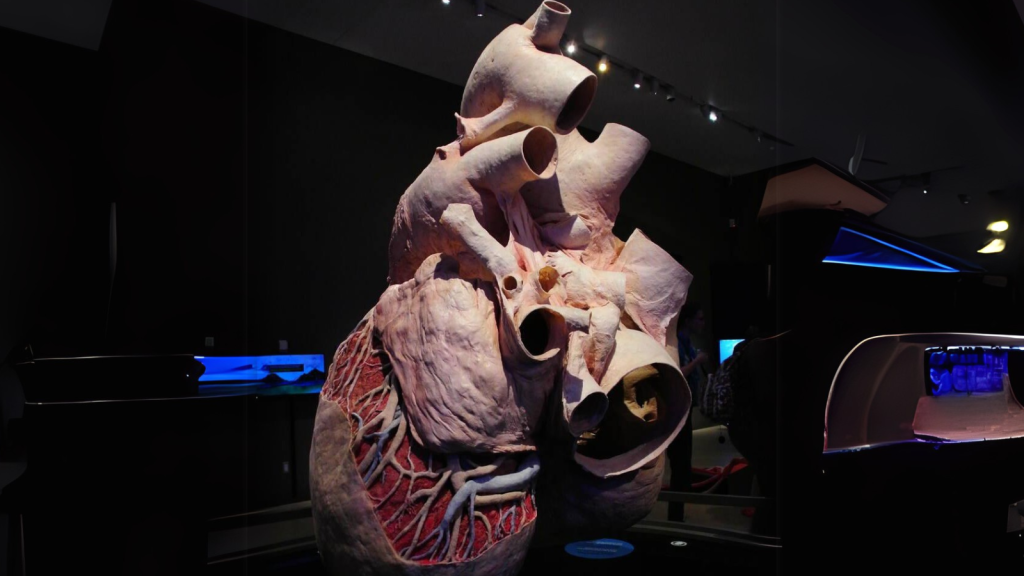
The blue whale’s heart is truly enormous. It weighs about 180 kg (400 pounds) and is roughly the size of a small car. This massive organ beats only 4 to 8 times per minute when the whale is diving, compared to 60 to 100 beats per minute for humans. The whale’s heart rate can slow to as low as 2 beats per minute during deep dives, an adaptation that helps conserve oxygen.
Louder Than a Jet Engine
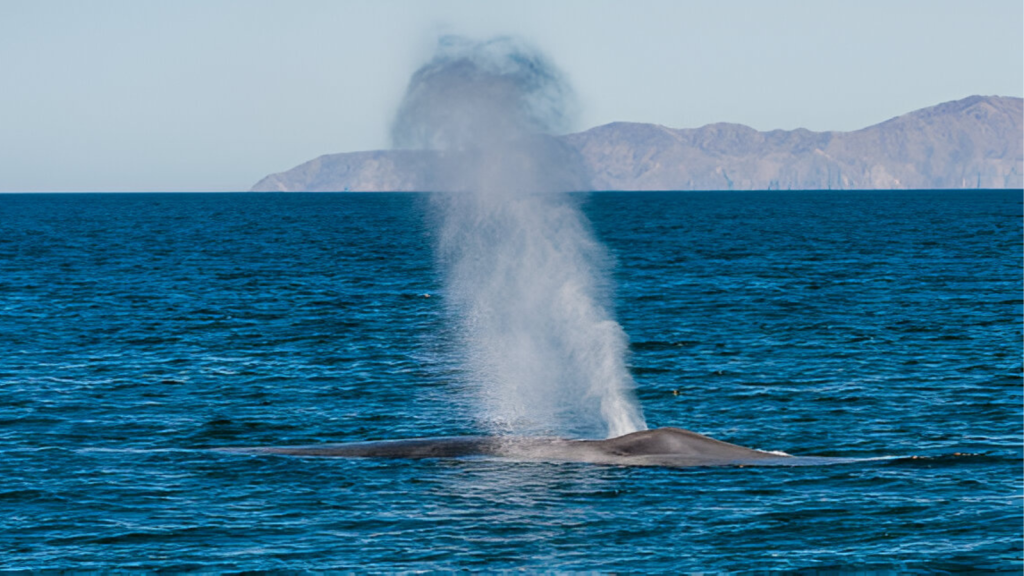
Blue whales are the loudest animals on Earth. Their low-frequency vocalisations can reach 188 decibels, louder than a jet engine at takeoff. These sounds can travel for hundreds of miles underwater, allowing whales to communicate over vast distances. The purpose of these calls is not fully understood, but they may play a role in navigation, finding mates, and maintaining social bonds.
A Tongue Heavier Than an Elephant
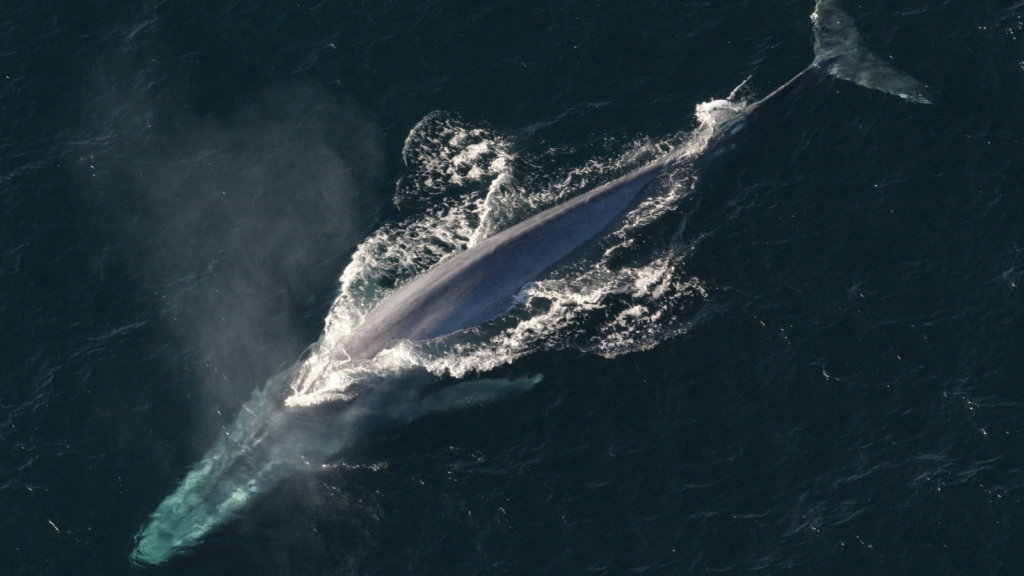
The blue whale’s tongue alone weighs as much as an adult elephant, around 2,700 kg (6,000 pounds). This massive muscle helps the whale to push water out of its mouth when feeding, trapping krill in its baleen plates. The tongue is so large that it can hold up to 90 tonnes of food and water at one time.
Bigger Than the Biggest Dinosaur
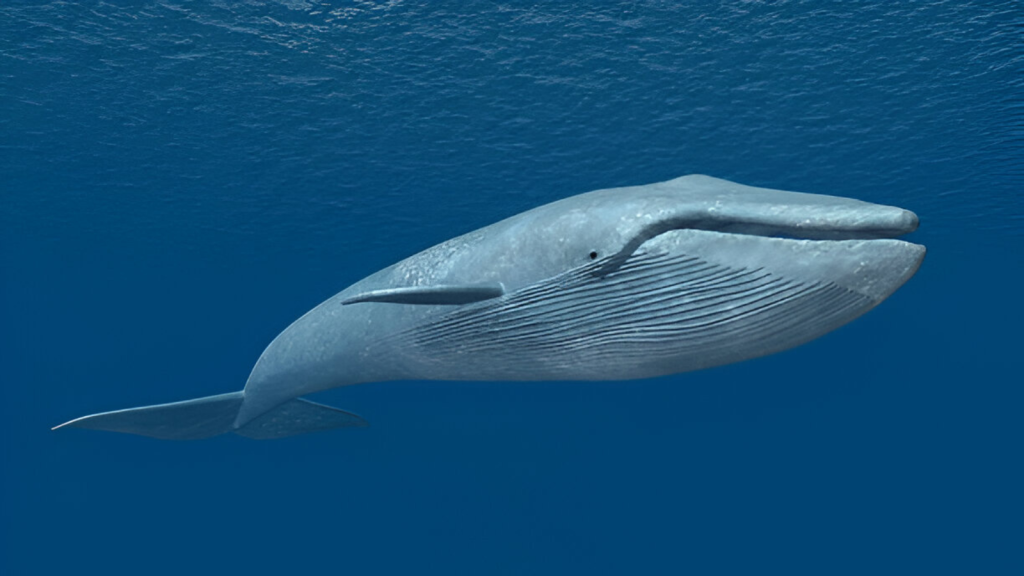
Blue whales are the largest animals ever to have lived on Earth, even bigger than the largest known dinosaurs. The biggest blue whale ever recorded was 33 metres (108 feet) long and weighed 190 tonnes, about the weight of 30 adult elephants. To put this in perspective, the largest known dinosaur, Argentinosaurus, is estimated to have weighed around 80 tonnes.
A Calf’s Rapid Growth
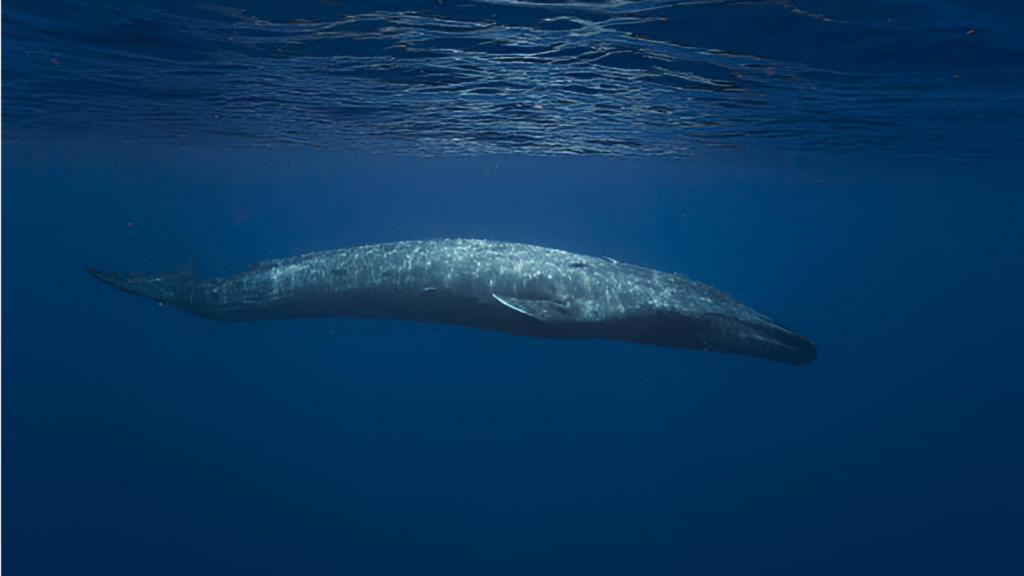
Blue whale calves are born weighing up to 3 tonnes (6,600 pounds) and measuring around 7 metres (23 feet) long. They gain weight at an astonishing rate, drinking up to 225 litres (50 gallons) of their mother’s fat-rich milk each day and growing up to 90 kg (200 pounds) every 24 hours. This rapid growth helps the calves develop the blubber layer they need to survive in cold ocean waters.
Feeding on Tiny Creatures
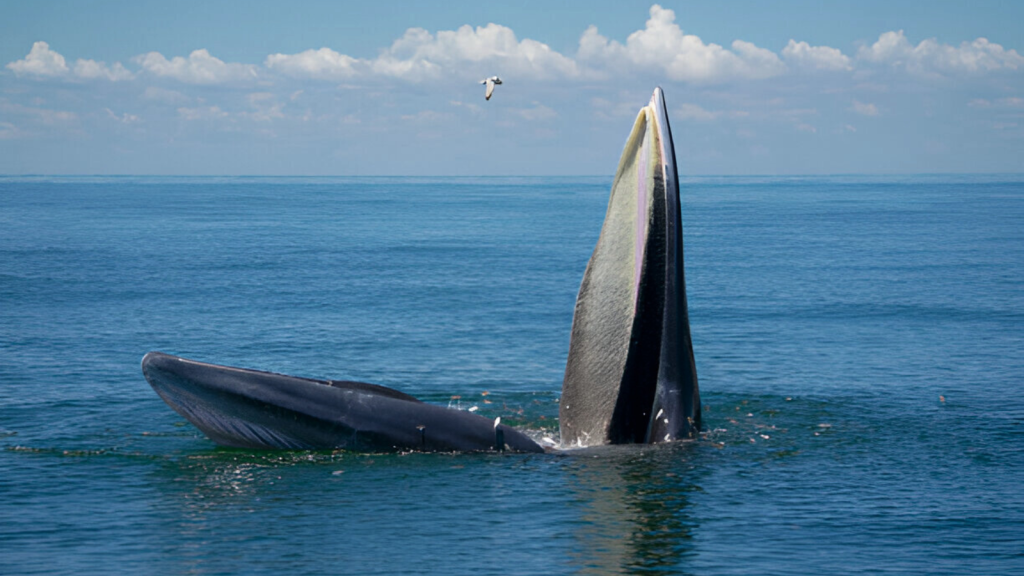
Despite their enormous size, blue whales feed almost exclusively on tiny shrimp-like animals called krill. During feeding season, a blue whale can eat up to 6 tonnes (13,200 pounds) of krill per day, equivalent to the weight of an adult male elephant. To catch their prey, blue whales use a technique called lunge feeding, where they accelerate to high speeds and open their mouths wide to engulf large volumes of water and krill.
Holding Their Breath for Ages
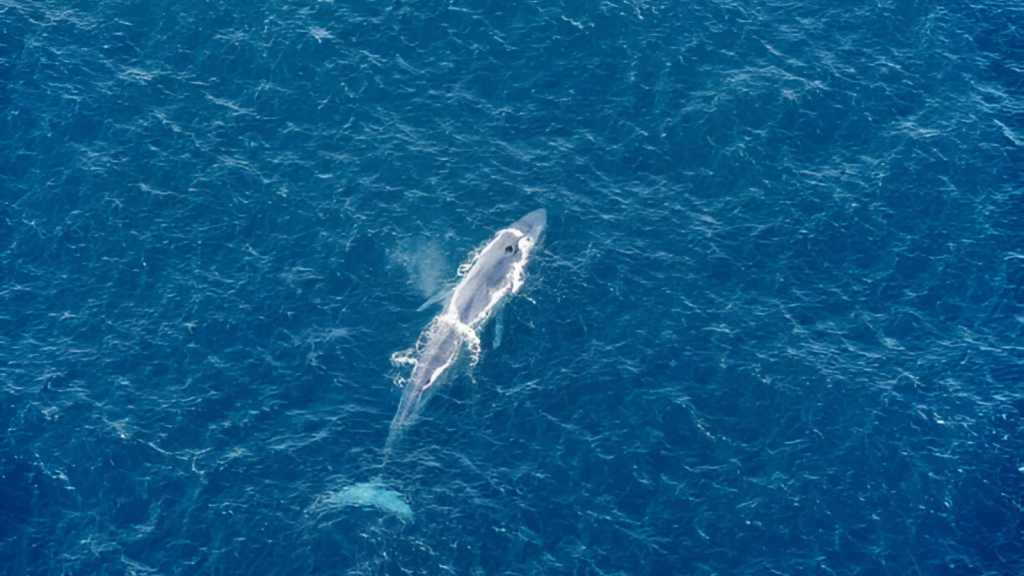
Blue whales can stay underwater for up to 90 minutes, although typical dives last 10 to 20 minutes. Their efficient oxygen use and enormous lung capacity allow them to make these extended dives to feed on deep-dwelling krill. Blue whales can also expel up to 90% of their lung volume in a single breath, compared to humans who typically exhale only about 15% of their lung capacity.
Travelling Vast Distances
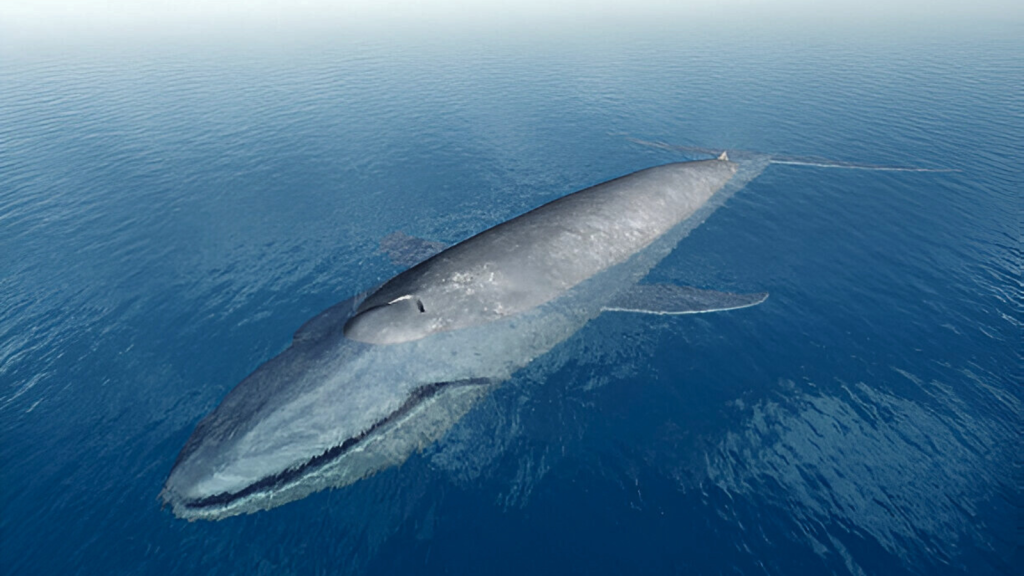
These marine giants are known to migrate long distances, sometimes travelling up to 8,000 km (5,000 miles) between their summer feeding grounds in polar waters and their winter breeding grounds in tropical and subtropical areas. One blue whale was recorded travelling 11,000 km (6,800 miles) in 265 days, averaging over 40 km (25 miles) per day.
A Unique Fingerprint-Like Pattern

Just like human fingerprints, each blue whale has a unique pattern of mottling on its skin. Scientists use these patterns to identify individual whales, helping them track population numbers and migration patterns. These pigmentation patterns are most prominent on the whale’s back and sides, and can be photographed from boats or drones for identification purposes.
Living for a Century
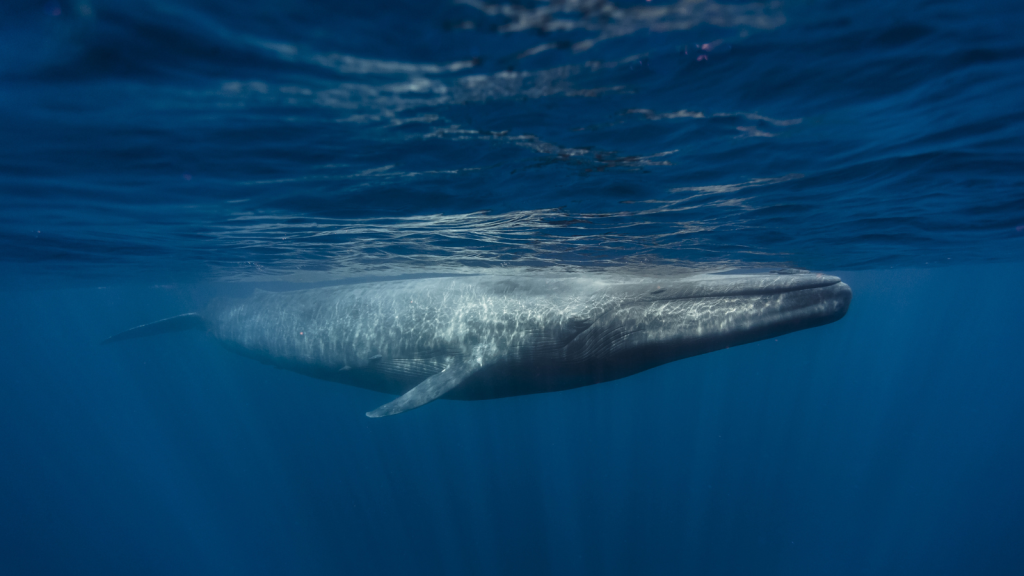
Blue whales are among the longest-lived animals on Earth. While it’s difficult to determine their exact lifespan, scientists estimate that they can live for 80 to 90 years, with some potentially reaching over 100 years old. Researchers can estimate a whale’s age by counting the layers in its waxy ear plugs, which accumulate over time like tree rings.
Slow to Reach Maturity

Despite their rapid growth as calves, blue whales take a long time to reach sexual maturity. Females typically become sexually mature at around 10 years old, while males may take up to 15 years. This late maturity, combined with their long gestation period of 10-12 months and the fact that females only give birth every 2-3 years, means that blue whale populations are slow to recover from declines.
A Surprisingly Small Throat
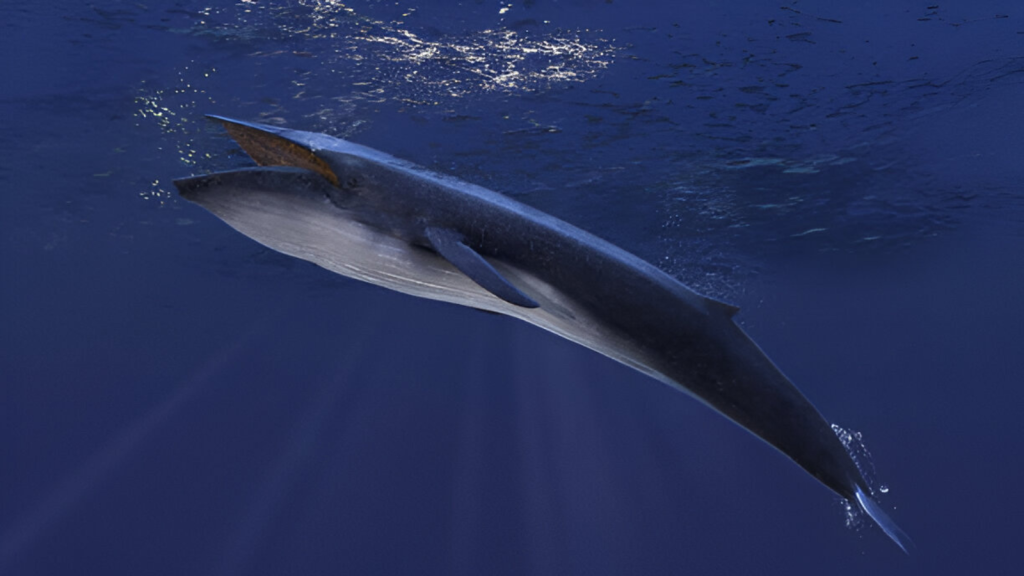
Despite their massive size, blue whales have a throat that’s only about 10 inches in diameter. This means they couldn’t swallow anything much larger than a beach ball, making it impossible for them to eat large prey or humans, contrary to some myths. This small throat is an adaptation for their filter-feeding lifestyle, allowing them to strain large volumes of water for krill efficiently.
Recovering from Near Extinction
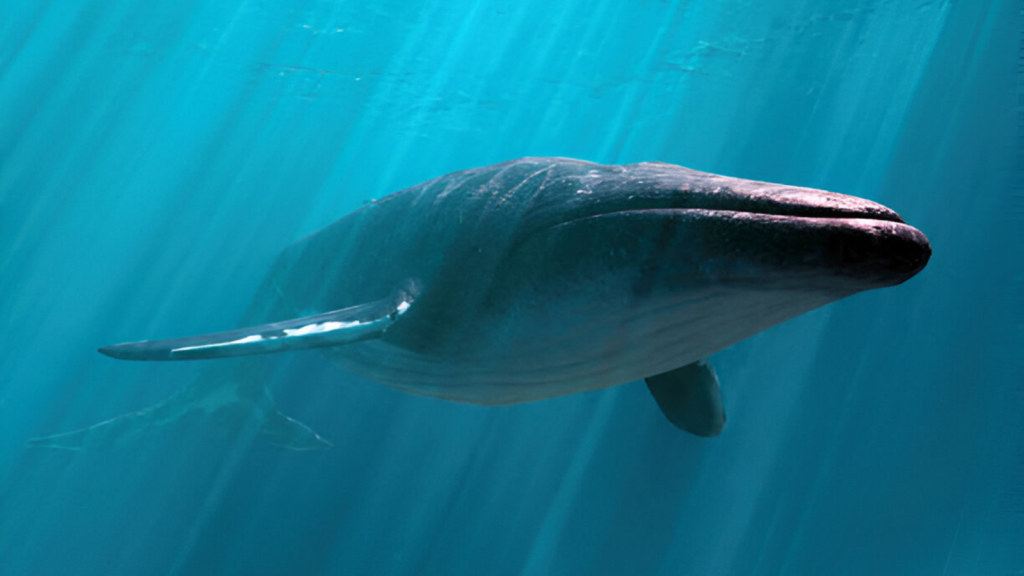
Blue whales were hunted to near extinction in the 20th century, with their population reduced by an estimated 95%. Since the ban on commercial whaling in 1966, their numbers have slowly increased, but they remain endangered. Current estimates suggest there are between 10,000 and 25,000 blue whales worldwide, compared to a population of around 350,000 before whaling began.
The Loneliest Whale

In 1989, scientists detected a unique whale call at a frequency of 52 Hz, much higher than typical blue whale calls. This ‘lonely’ whale, thought to be a blue whale or blue-fin whale hybrid, has been calling out for decades without a response. The whale’s unusual call frequency means it may be unable to communicate with other whales, leading to its nickname “the loneliest whale in the world”.
Swimming at Surprising Speeds

Despite their enormous size, blue whales can swim at speeds of up to 50 km/h (31 mph) when alarmed. Their average cruising speed is a more leisurely 8 km/h (5 mph), allowing them to conserve energy during long migrations. Blue whales achieve these speeds through powerful tail strokes, with their large flukes propelling them through the water with remarkable efficiency.
Becky is a fervent wildlife enthusiast and pet care expert with a diploma in canine nutrition. Her love for animals stretches beyond the domestic, embracing the wild tapestry of global fauna. With over a decade of experience in animal welfare, Becky lends her expertise to OutlandishOwl through insightful articles, captivating wildlife information, and invaluable guidance on pet nutrition. Her work embodies a deep commitment to understanding the intricate lives of animals and a passion for educating others on sustaining natural habitats. Becky's hands-on conservation efforts and her knack for translating complex dietary science into practical pet feeding tips make her an indispensable voice for creatures great and small.

